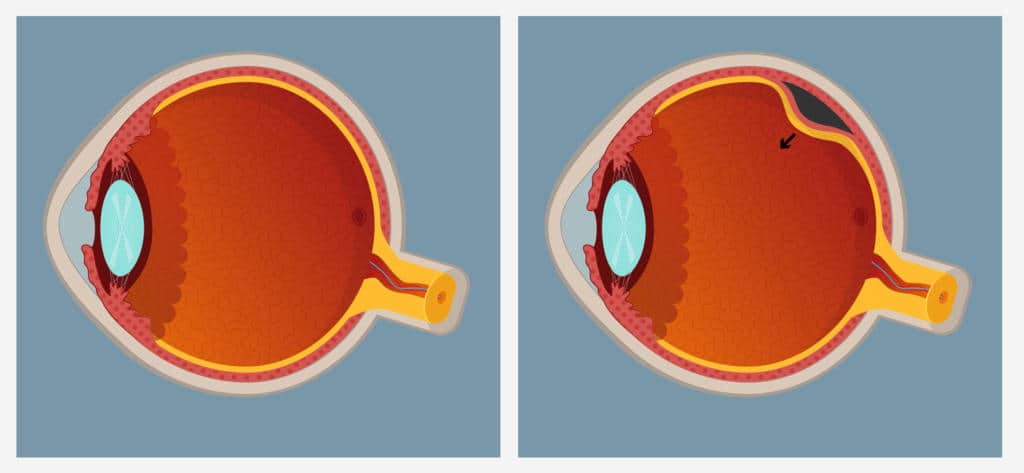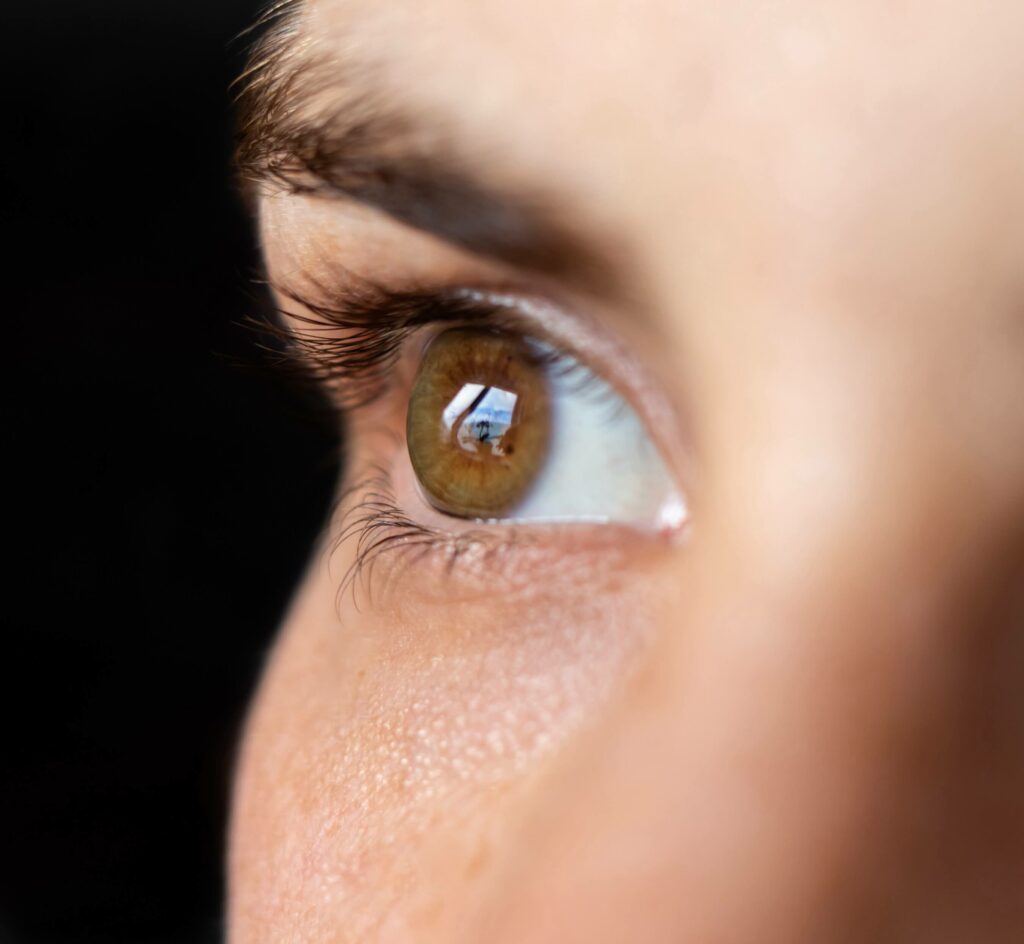
What causes a retinal detachment or tearing?
Retinal detachment, or a detached retina, is a serious eye condition that affects your vision and can lead to blindness if not treated. It happens to a layer of tissue called the retina that lines the back of the eye. It involves the retina pulling away from tissues supporting it. Symptoms include flashes of light, floaters or seeing a shadow in your vision. Floaters are dark spots and squiggles in your vision.
You may experience warning signs like these before the retina detaches, as in the case of retinal tears. It often happens spontaneously, or suddenly. The risk factors include age, nearsightedness, history of eye surgeries or trauma, and family history of retinal detachments.
Call your eye doctor or go to the emergency room right away if you think you have a detached retina.
Who is at risk for retinal detachment?
Your risk for retinal detachment increases as you age. You’re also at higher risk if you have or had:
How common is retinal detachment?
Retinal detachment is rare for people who have none of the risk factors listed above.
Symptoms and Causes of retinal detachment
Symptoms of a retinal detachment or tear include suddenly seeing flashing lights in one or both eyes, experience an increase or onset of floating spots or hair-like objects, or have a shadowy curtain covering a portion of your vision. These are all symptoms of a potentially serious problem, a torn or detached retina. It’s critical that you see an ophthalmologist right away, as it has the potential to quickly lead to vision loss.
Some people don’t notice any symptoms, while others do. Symptoms can happen suddenly and include:
Does it hurt?
Retinal detachment is usually painless. But it’s a serious problem that can threaten your vision. Contact your eye doctor or go to the emergency room right away if you think you have a detached retina.

Diagnosis and Tests: How is retinal detachment diagnosed?
You need an eye exam to diagnose retinal detachment. Your eye care provider will perform a dilated eye exam to check your retina. Your provider may recommend other tests after the dilated eye exam for a better view of the back of your eye. These tests are noninvasive and won’t hurt. They help your provider see your retina clearly and in more detail.
Management and Treatment
How is retinal detachment treated?
Retinal detachments are treated by a Vitreo-Retinal Specialist. Your eye doctor will refer you to a specialist for further evaluation and treatment. Treatments vary from Laser (thermal) therapy, cryopexy (freezing), and surgery.
Surgical treatment: pneumatic retinopexy.
A bubble of gas is injected into the eye, which pushes on the retina and thereby seals the tear. Second, is a procedure called scleral buckle, sort of like a tiny splint, in which the vitreous fluid is drained out from under the retina, and then a piece of flexible silicone is sewn onto the outer wall to support the tear while it heals. The third option is vitrectomy surgery to remove the vitreous and replace it with a bubble of gas. In time, the body’s own fluids will slowly fill in the bubble.
If you ever experience any of the above symptoms, do not delay seeking an ophthalmologist or go to the emergency room right away.

